



Conventional radios operate on fixed RF channels and repeaters. In the case of radios with multiple channels, they operate on one channel at a time. The proper channel is selected by a user.
UHF versus VHF
UHF has a shorter wavelength which makes it easier for the signal to find its way through rugged terrain or the inside of a building. The longer wavelength of VHF means it can transmit further under ideal conditions. For most applications, lower radio frequencies are better for longer range.
Digital Radio
The key breakthrough or key feature in digital radio transmission systems is that they allow lower transmission power, they can provide robustness to noise and cross-talk and other forms of interference, and thus allow the same radio frequency to be reused at shorter distance. Digital radio transmission can also carry any kind of information whatsoever. All kinds of digital communications can be multiplexed or encrypted at will.
Repeaters
A repeater configuration is where a base station is configured to re-transmit the audio received from mobile units. Typically the base or repeater station has a high antenna, which allows greater range, compared with a ground vehicle or hand-held transceiver.
High Frequency (HF) Radio
High frequency (HF) radio frequencies are between 3 and 30 MHz.
Since the ionosphere often refracts HF radio waves quite well (a phenomenon known as sky wave propagation), this range is extensively used for medium and long range radio communication. However, suitability of this portion of the spectrum for such communication varies greatly with a complex combination of factors:
- Sunlight/darkness at site of transmission and reception
- Transmitter/receiver proximity to terminator
- Season
- Sunspot cycle
- Solar activity
- Polar aurora
These and other factors contribute, at each point in time for a given communication path, to a
- Maximum usable frequency (MUF)
- Lowest usable high frequency (LUF) and a
- Frequency of optimum transmission (FOT)
Trunking
In a trunked radio system, the system logic automatically picks the physical radio frequency channel. There is a protocol that defines a relationship between the radios and the radio backbone which supports them.
We are service providers for Altech Fleetcall and can supply cost effective voice and data communication. Trunking makes use of a national network of repeaters. Click here for coverage.
Benefits of using a trunked system:
1. Communication is easier and cost effective.
2. Calls can either be one user to another or group calls.
3. Calls can be made to telephone and cellphone networks.
4. Vehicle tracking and fleet management.
Please contact us with your requirements for a detailed quotation.
Accesories: Carry Cases
Nylon and leather carry cases are available for most makes of portable radios.
Accesories: Batteries
Common battery chemistries:
NiCd (nickel cadmium) batteries are the most cost effective option because they provide a longer cycle life. Ideal for two way radio users in extreme conditions of cold and heat. The downside to NiCd batteries are that they experience "memory effect" and may not return to full capacity if they're recharged before being fully discharged.
NiMH (nickel metal hydride) provides a higher capacity (40%-50%) and less memory effect, as compared to NiCd batteries. NiMH batteries are more environmentally friendly and contain fewer toxic chemicals. They do not operate as efficiently in extreme temperatures.
Li-ion (lithium-ion) provides the highest capacity in the most lightweight package. No memory effect and fewer charging cycles.
Accesories: Earpieces
Various earpieces are available for most makes of radios. Please contact us for more information.
Accesories: Microphones
Various microphones are available for most makes of radios. Please contact us for more information.


















